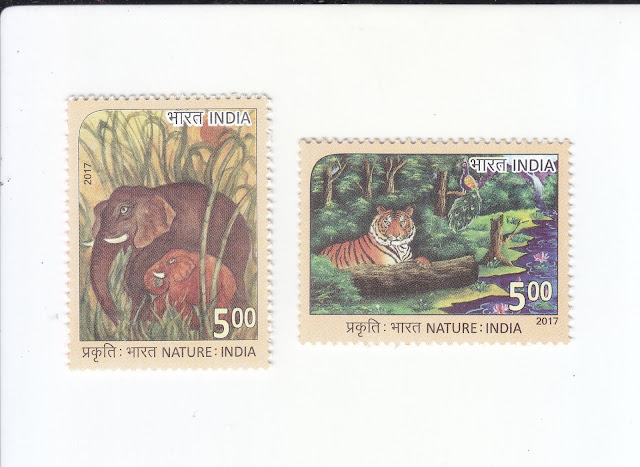Textbooks
Don’t always go by the textbook
Thanks
are due to Shalini, Teacher Plus and RK.
The
piece on Teacher Plus here.
Some
days ago a friend invited me to interact with students of class 8. He teaches
science in a school that adheres to the CBSE curriculum. The topic for
discussion was (Chapter: 7) Conservation of Plants and Animals. I took the
textbook home to prepare and while I found the ‘story’ engaging, my first
impression was that the chapter had spread itself a bit too thin – especially
towards the end. However, as I re-read and began making notes some portions
left me with a host of questions.
Some
of these lines and my reactions I share below.
‘Trees
in the forest are cut for some of the purposes mentioned below –
Ø Procuring land for cultivation
Ø Building houses and factories
Ø
Making
furniture or using wood as fuel’
On
similar lines is ‘it is a pity that even
Protected Forests are not safe because people living in the neighbourhood
encroach upon them and destroy them.’
For
some reason, developmental infrastructure as a threat to forests did not merit
space. Even a cursory look at the newspapers of recent months will give an idea
of the inroads made into the wilderness not only by ports, railways, roads,
mines, SEZs but also by oil-palm and rubber plantations.
Then
there is, ‘Sanctuaries are places where
killing (poaching) or capturing of animals is strictly prohibited’, while
the paragraph talking about Protected Areas says ‘plantations, cultivation and grazing are prohibited’. Killing and
capturing of wildlife across the country is prohibited irrespective of where it
takes place. There appears to be confusion over usage and understanding of terms
like National Parks, Wildlife Sanctuaries and Biosphere Reserves. Biosphere
Reserves are neither categorized as Protected Areas under the Indian Law (Wildlife
Protection Act) nor are they meant to keep the people out. Lastly, there are
lines one wonders the basis of. From ‘small
animals are much more in danger of becoming extinct than the bigger animals’
to ‘once upon a time animals like lions,
elephants, wildlife buffaloes and barasingha were also found in the Satpura
National Park.’
These stark gaps could be on account
of a combination of factors including-
Ø
Lack of awareness about our forests and
wildlife – both their ecology as well as the laws governing them.
Ø
Insensitivity towards people who live lives
different from those of the English speaking urban population – the majority authors
and also possibly consumers of these textbooks.
They also point to-
Ø
The importance we accord to nature and environment
in our lives - including the curriculum.
Ø
Gaps in the process of designing textbooks
- planning, writing and critiquing.
On the one hand we complain that urban
children are increasingly getting distant from forests, and on the other we
have textbooks which do not help them connect. This also raises larger questions
like –
Ø
How much can one teach about forests and
wildlife using only books, without visiting these places?
Ø
Are we willing to treat our students as
mature intelligent individuals, share challenges the world faces today and enable
them to question the scenario?
What
does one do when the textbook itself raises so many questions? I had, a few
months ago, posed this to a teacher of environmental sciences. The Cambridge
Board textbook, we were discussing, was not only out-dated but also overtly ‘pro-development’
without questioning the environmental impact of that ‘development’. It was an
environment textbook which looked favourably at mining! He had a short response
– ‘I ignore the textbook’. I am not sure if this is the best way forward.
Questioning
while very welcome and critical is just the first step. We need to work towards
other – and more effective – ways of dealing with the situation. Paying more
attention to the entire process of textbooks - from conception to the final
product - could be a first step. Textbooks which go beyond the clichéd narratives,
convey updated understanding of the issues, talk of the issues and complexities
around us and respect the intelligence of students.
Review of a guide to write Textbooks - embedding ESD across subjects - here.


Comments
Post a Comment